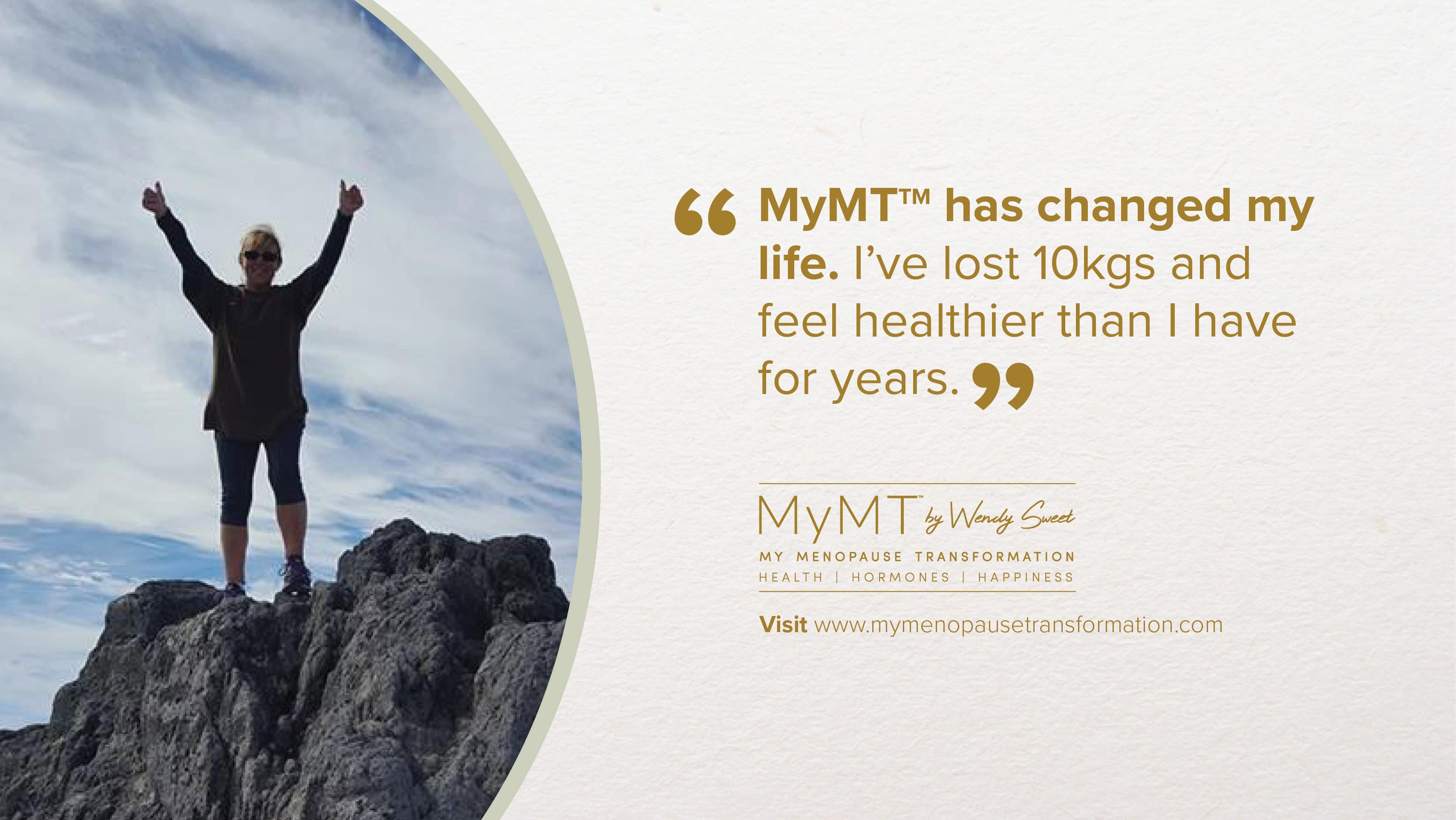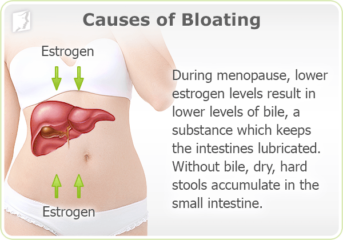Menopause and Bloating
By the time I reached menopause I was puzzled. I couldn’t understand why I felt so bloated all the time, the weight was going on by the day and despite exercising daily and eating well, my hot flushes were worse in the evening – just when I was about to cook dinner and do the myriad of jobs that need to be done in a household busy with teenagers still living at home. I had no idea that these symptoms were connected until I did my women’s healthy ageing research. Did you?
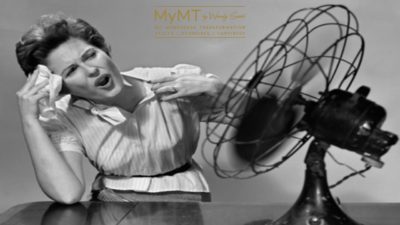
Causes of Menopause Bloating
The effect of lowering oestrogen on other organs is more important than we think.
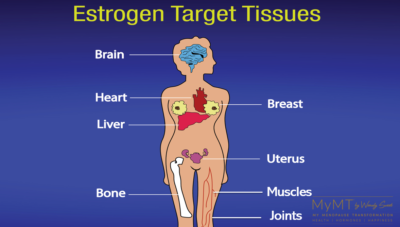
It’s why I always tell mid-life women to be very cautious about popular high-fat keto diets.
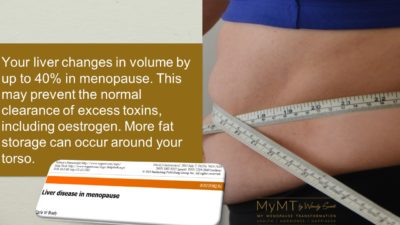
When I began to understand what happens to our various organs when we go into menopause, which is the time of our lives when we are biologically ageing, it made sense to look at liver and gall-bladder function, especially when it came to weight loss. I started to make this connection because my current fitness and diet routine was not working. But I remembered that over 35 years ago when I had ‘another life’ as a student nurse and was working on the surgical wards, these wards were full of women who fitted the ‘typical’ profile for gallbladder surgery – they were in their 50’s, had lots of belly fat and often described feelings of bloating and a hardish lump and pain under their diaphragm. Sound familiar? I couldn’t get this image out of my mind when I began to feel bloated as I went through peri-menopause too. When I developed the bulge and ‘hard lump’ under my diaphragm, I remembered a leading Surgical Consultant explain to young Doctors one morning on the ward round, that the typical profile of a woman who developed gallstones and required a cholecystectomy (gall bladder removal) was, in his words, which I remember to this day, “Fair, Fat and Fifty”! My goodness, as I went into peri-menopause and put on belly fat and experienced more bloating, I was becoming that woman too! (And don’t worry yourself about the ‘fair-haired’ bit, it can affect any hair colour!).
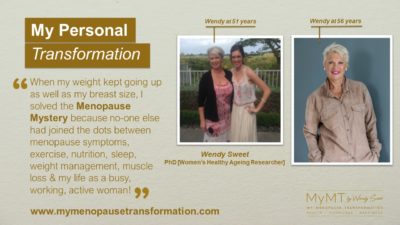
The gall-bladder plays a greater role in fat metabolism than we think during menopause. This is why I don’t encourage women to go on a really high fat, high protein diet until they have had their gall-bladder and liver function checked by their Doctor, especially if they have pain or discomfort. Mid-life is a time of our lives when our risk of developing gall-stones increases too. But even if we don’t have gall-stones or changed liver function, then we need to spend some time (around 6 weeks) improving our liver function and this is a big focus on the MyMT Transfrom Me weight loss programme.
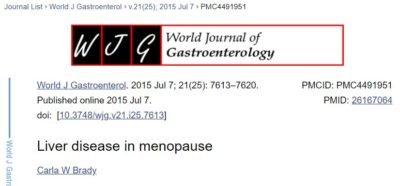 One of the main changes that occurs as we transition through menopause is that our gallbladder produces less bile. Hence, with the increased loads on our liver and gallbladder over the decades (e.g. alcohol, saturated fats, exposure to toxins, chemicals, medicines, sugar, additives and preservatives), as Carla Brady states in her 2015 article on Liver Disease in Menopause:
One of the main changes that occurs as we transition through menopause is that our gallbladder produces less bile. Hence, with the increased loads on our liver and gallbladder over the decades (e.g. alcohol, saturated fats, exposure to toxins, chemicals, medicines, sugar, additives and preservatives), as Carla Brady states in her 2015 article on Liver Disease in Menopause:
“For women, issues regarding liver disease are unique in that both age and hormonal factors influence the development and progression of various liver diseases, and it has been demonstrated that this interplay of factors negatively affects the course of liver-related health in postmenopausal women.”
Our liver and gallbladder help us to metabolise and absorb fats in readiness for energy production in the body. Fats also carry important vitamins. When fats are processed and broken down in the liver and gall bladder, they move to your mitochondrial cells. Every single organ, including our muscles and heart muscle, have mitochondrial cells. So, we need these cells functioning well to help us lose weight, reduce our hot flushes and enable us to stay healthy and energetic as we age. Fats cross the mitochondrial membrane with help from two nutrients, CoQ10 (Ubiquinol) and L-Carnitine, however, as we transition through menopause, both of these nutrients decline, so again fat uptake into mitochondrial cells for fat-burning can be compromised in mid-life women.
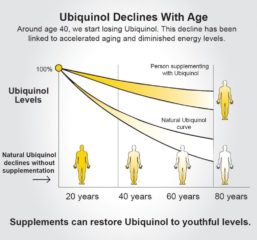
Add this to changing bile production, then our gall-bladder doesn’t move the fats as readily, which affects fat utilisation for our energy availability and can also make us feel bloated.
Relief For Menopause Bloating
Changing to my safe menopause diet for improved gall bladder, liver and cardiac health has been just one of the changes I have made in my personal menopause transformation based on women’s healthy ageing research, not the ‘one-size-fits-all’ fitness and nutrition advice that is too readily handed out to mid-life women. It’s why I’ve designed the MyMT™ Transform Me weight loss programme just for women in their menopause and post-menopause years. 

For women, high blood pressure occurs in the early hours of the morning, but also in the evening…. just when you are getting home from work, getting dinner sorted and attending to the myriad of tasks that need to be done in the home – which means you feel hot and sweaty, as I used to as well.
When women come into the MyMT ‘Transform Me’ programme, I teach them powerful lifestyle strategies which they can utilise to not only lose weight, but to reduce hot flushes, menopause bloating and restore energy levels. Menopause is a time for lifestyle change so that we allow our body to adjust to our changing hormones in menopause. For too long menopause has been the domain of medicine and supplement companies, but when we position menopause itself in the research for healthy ageing, we can reduce hot flushes and prevent menopause-related weight gain and bloating. It’s what I did and I know you can too.
 Some of the things that I focus women on in the first 6 weeks of the 12 week ‘Transform Me’ programme, are to:
Some of the things that I focus women on in the first 6 weeks of the 12 week ‘Transform Me’ programme, are to:
- Reduce the inflammation that has been building up for years. Not only does this require sleeping all night and reducing hot flushes, but it also requires changing your diet to have lots of deep green and purple vegies and vegetable juices and around 20% of your diet as healthier Omega 3 fats. These don’t overload the liver and gallbladder as much as saturated fats do as you are reducing menopause bloating and improving your liver function.

- Have a LOWER SATURATED FAT diet (animal fats) for at least 4-6 weeks. Only 15-20% of your daily intake should be fats if you are putting on belly fat and feeling bloated during menopause. This contrasts with a high fat diet which is often up to around 30-40% of daily intake. I also remind women that every time we eat protein foods, such as dairy products, meat, nuts, salmon, chicken and eggs, then these are sources of fats too. So too are all the coconut oils and yoghurts and other heavily marketed dairy products. All of these sources of saturated fats add-up, so I have lists of the fats that help to reduce inflammation and heal the liver and gallbladder in the MyMT Food Guide and Recipe book.
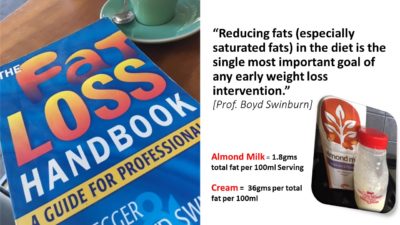 Based on my women’s healthy ageing research, I encourage women to take a 3-phase approach to their weight management, menopause bloating and hot flush management in this programme:
Based on my women’s healthy ageing research, I encourage women to take a 3-phase approach to their weight management, menopause bloating and hot flush management in this programme:
Phase 1: I teach you how to reduce inflammation in your body and stop a condition called ‘oestrogen dominance’. this condition is causing excess oestrogen to be stored in fat cells including liver cells, which become blocked. This includes adding the right activity and specific stretching to enhance liver and gallbladder function.

Phase 2: In this phase, we turn around mitochondrial health, so that fats are going to the mitochondria to produce energy. Enhancing fat metabolism includes having a focus on liver and gallbladder health.
 Phase 3: Once women have come through the Liver-Lover module, they go on to discover how to improve their energy levels even further with my ‘
Phase 3: Once women have come through the Liver-Lover module, they go on to discover how to improve their energy levels even further with my ‘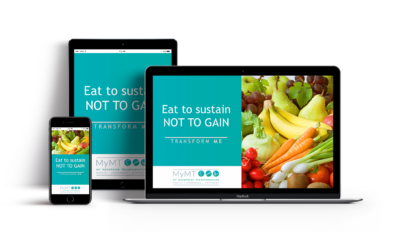 Eat to Sustain, Not to Gain’ module. It’s important to manage longer-term energy once you have cleaned out the liver, so I have all of this information in this module as well.
Eat to Sustain, Not to Gain’ module. It’s important to manage longer-term energy once you have cleaned out the liver, so I have all of this information in this module as well.
Women who have already joined me on the programme, say it’s “life-changing”. The cost of the 12 week online programme is $99NZ a month for 3 months and this includes my personalised coaching. You can take longer than 3 months if you like – there is no time pressure and I know how busy you all are in your day-to-day life, which is why everything is online and you do the programme whenever it suits you, not me. I know you’ll love that. Jump onto the website when you can and have a read of the Success Stories and all about my programmes. Together we can tackle your menopause bloating and other symptoms www.mymenopausetransformation.com

Dr Wendy Sweet, [PhD] – Read more about me HERE.
